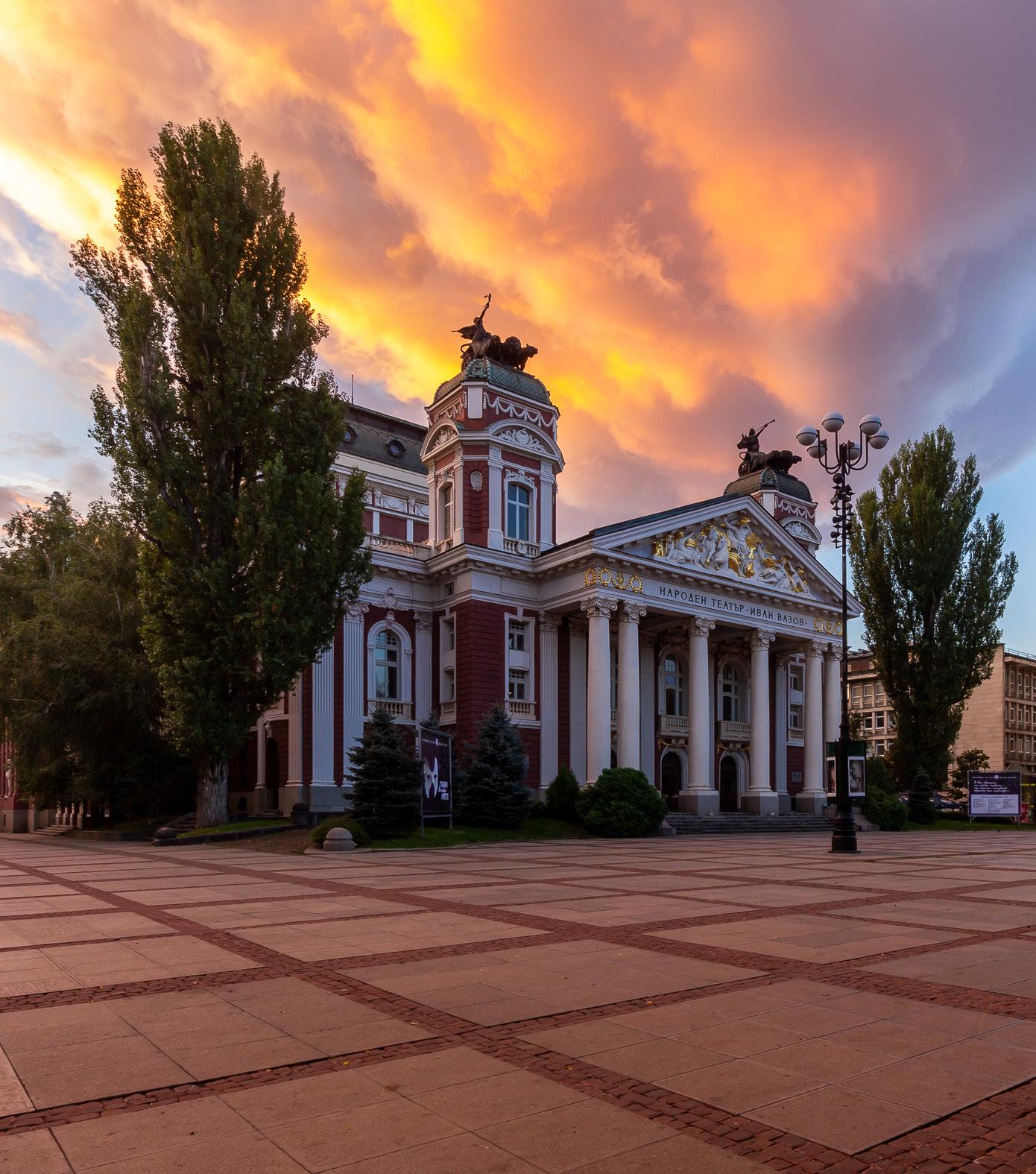
2 minute read
Taking panoramic photographs
Have you ever wondered about those wide panoramic images and how they were captured when you personally don’t seem to be able to fit the entire scene in your camera?
The trick to this is relatively easy but the method itself to create the images does require a little bit of technique and accuracy.
Advertisement
Take the view of Copenhagen as seen from top of the “Church of our Saviour”. The view is not only enormously breath taking but also incredibly widespread and no wideangle lens will be able to fit the entire view.
Only a few years back capturing a panoramic image was a very technical task and required speciality tools and software to accomplish. However, as software has become more powerful and cameras easy to handle - this has become a doable task for anyone.
First of all it is important to set the camera to a manual exposure (see
the next chapter on this topic) to avoid any changes in exposure during the captures. It is also advisable to set the white balance to daylight as opposed to using the AWB (Auto White Balance) setting as this could easily change during the exposures.
Next, use a relatively wide angle lens- or zoom setting and turn your camera to portrait mode.Then simply, starting from one side, take a range of images with about 1/4 - 1/3 overlap and move steadily in the direction you want to capture. It is important also to use a relatively fast shutter speed to avoid motion blur and artefacts.
Now, some cameras actually have a built-in Panorama feature, but to obtain the best in quality and resolution you should capture in the highest setting or RAW (see chapter on RAW)
The next step does require processing software and there are many options out there, but Adobe Photoshop or Adobe Lightroom, which are industry standard applications, has a built in feature which is very powerful and easy to use. It intelligently evaluates each individual image and modifies the perspective to fit all the images into a final assembled panoramic image.
It is simply a powerful way to capture the whole experience of what you are seeing but which cannot be captured in a single frame in your camera. Try it out or ask your guide for more detailed information!











